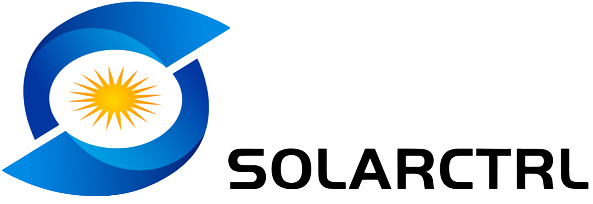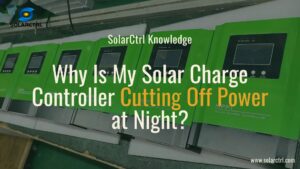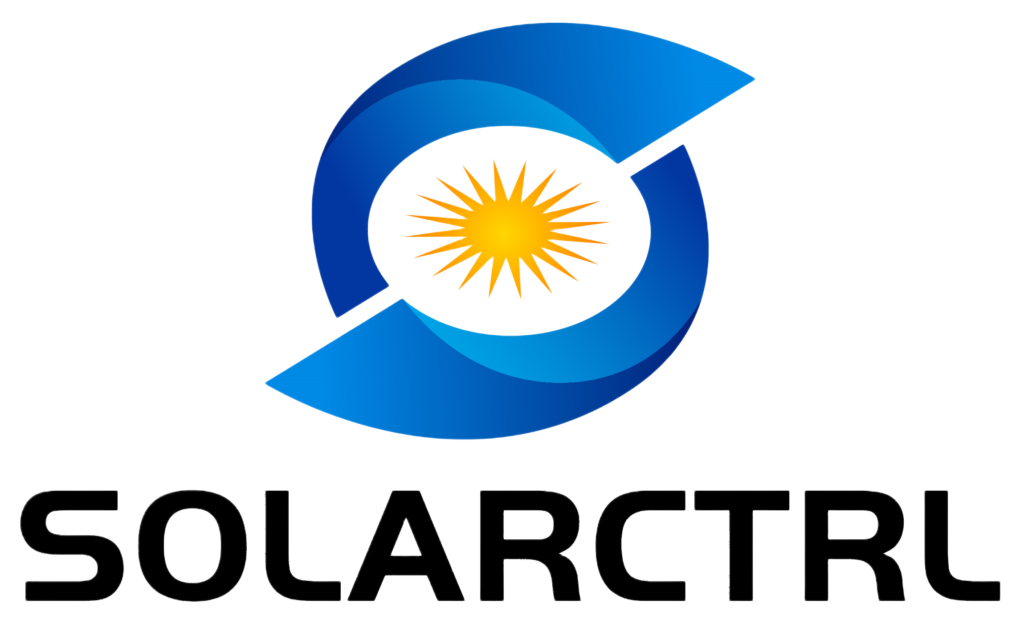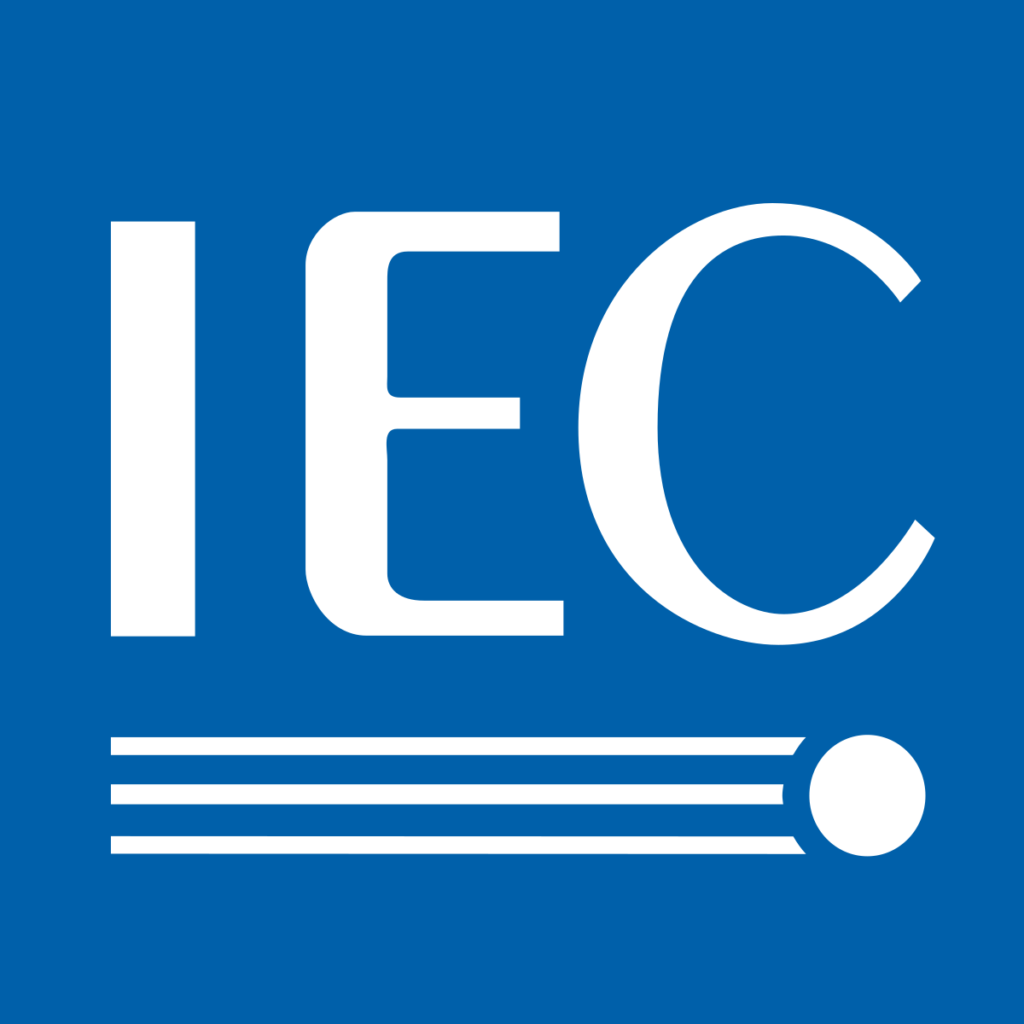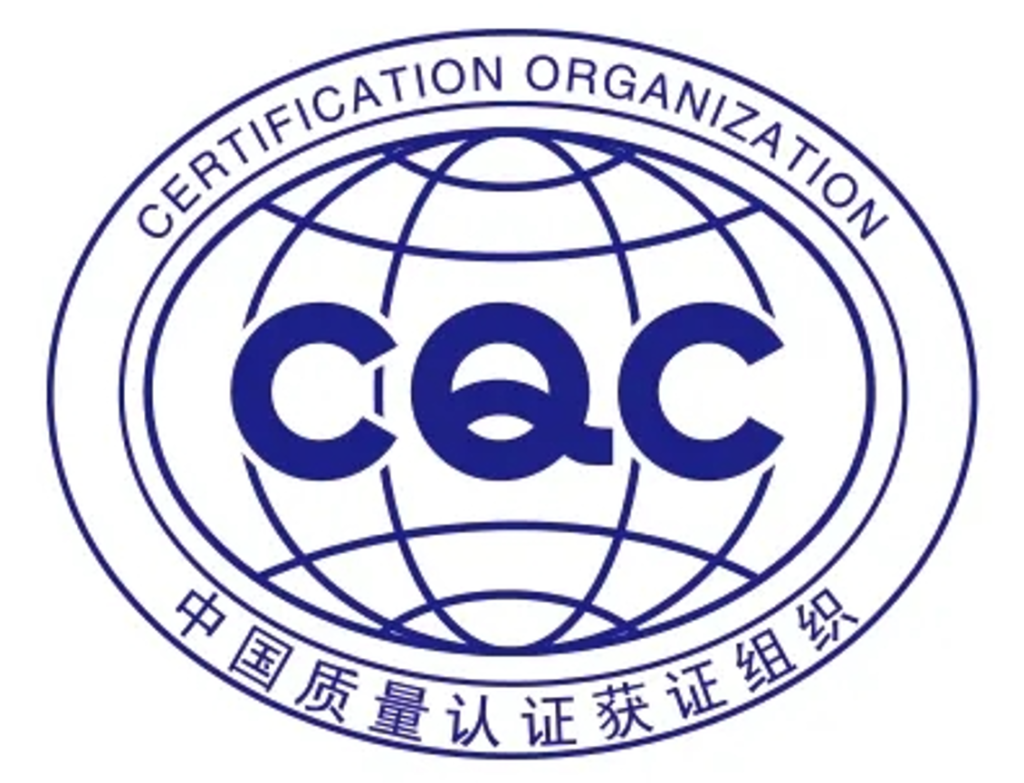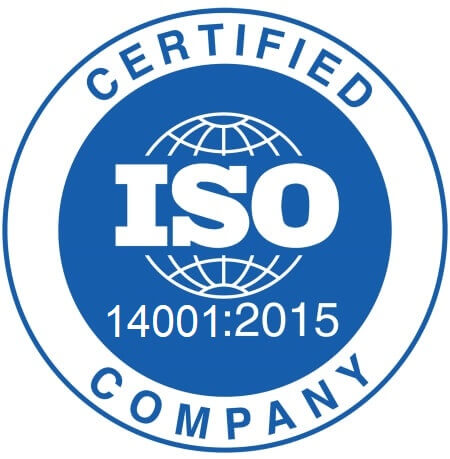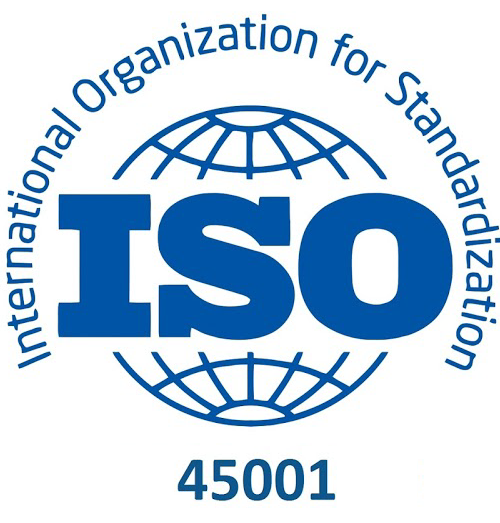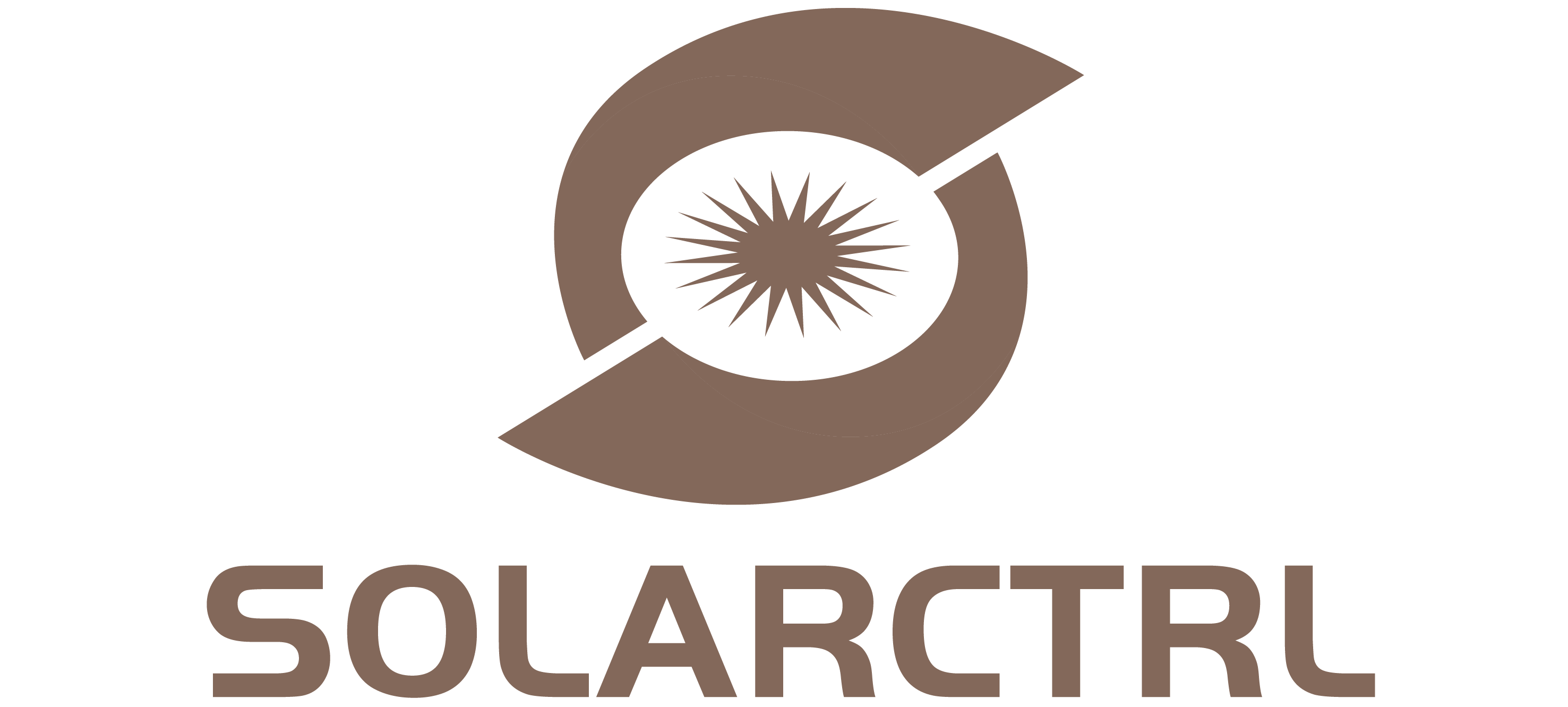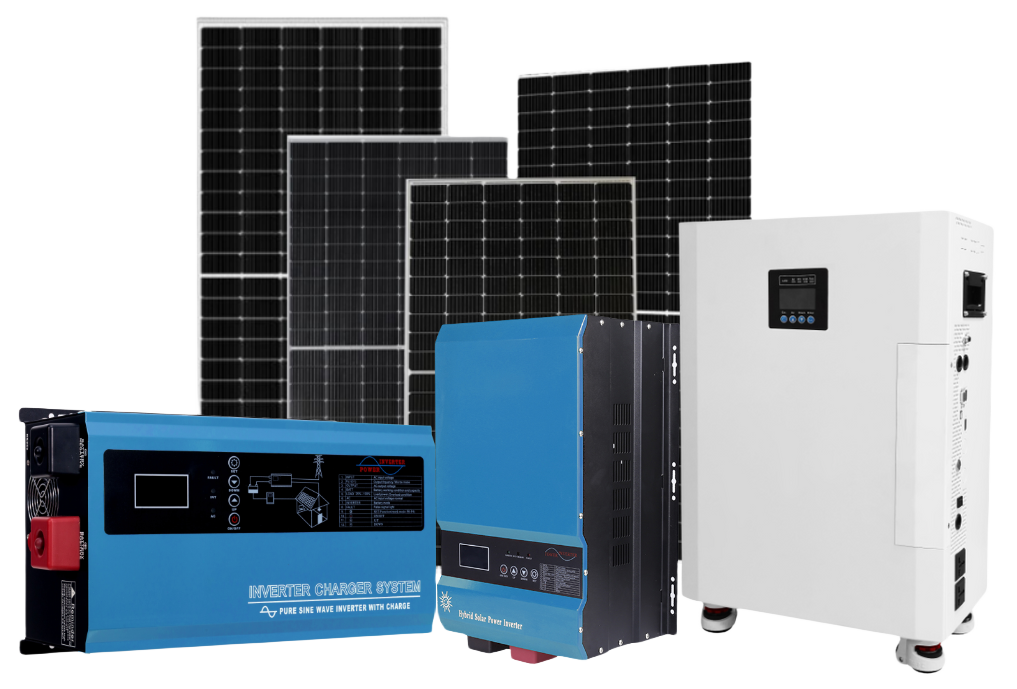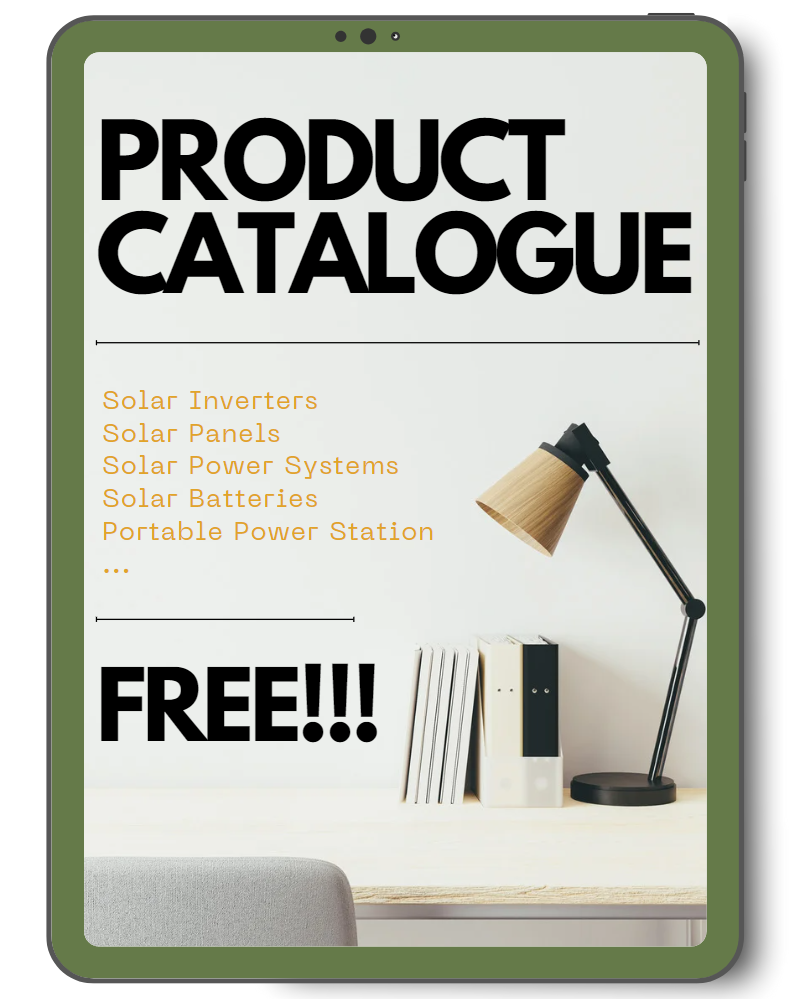The answer is yes—it is absolutely possible to use solar panels and traditional electricity at the same time in one system. This hybrid approach offers a balanced solution, improving energy reliability and potentially lowering overall electricity costs.
In this article, we’re going to talk about how these systems work, why they’re so great, and what you need to think about when you’re helping people decide if they should use solar and regular electricity together.
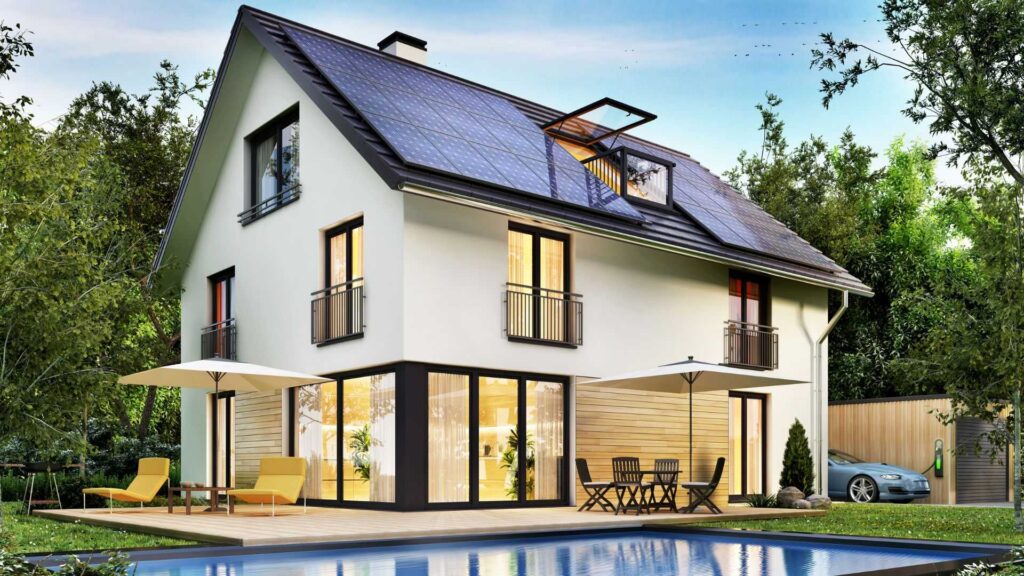
Understanding the Integration of Solar Panels with Traditional Electricity
Solar panels convert sunlight into electricity using photovoltaic cells. This electricity is typically direct current (DC), which must be converted to alternating current (AC) through an inverter for use in homes and businesses. The integration of solar panels with the existing electrical grid allows for a seamless transition between solar-generated power and electricity supplied by the utility company.
1. Grid-Tied Systems
These systems are the backbone of solar energy use for homes and businesses. Solar panels are connected to the power grid, and all the power they generate goes through an inverter that changes the DC electricity made by the panels into AC electricity that can be used in homes or sent back to the grid.
This system is super efficient because it lets you use solar and grid electricity at the same time. If you make more power than you use during the day, you can sell it back to the grid and get credit on your electric bill.
2. Hybrid Systems
Hybrid systems are perfect for places where the grid isn’t always reliable or the power goes out a lot. They have batteries and sometimes extra generators that work with the grid-tied system.
The batteries store extra solar power, so you have a backup that can give you power when the sun isn’t shining or when you need more power than your panels are making. This setup makes your power more reliable and lets you make your own power instead of depending on the grid.
3. Net Metering
This is a great way to make the most of your solar investment. When you use net metering, your electric meter keeps track of how much power your solar panels make and how much power you use from the grid. If you make more power than you use, the extra goes back to the grid and you get credits. You can use those credits to pay for power you use when your panels aren’t making enough. This is a really good deal because it helps you save money on your electric bill.
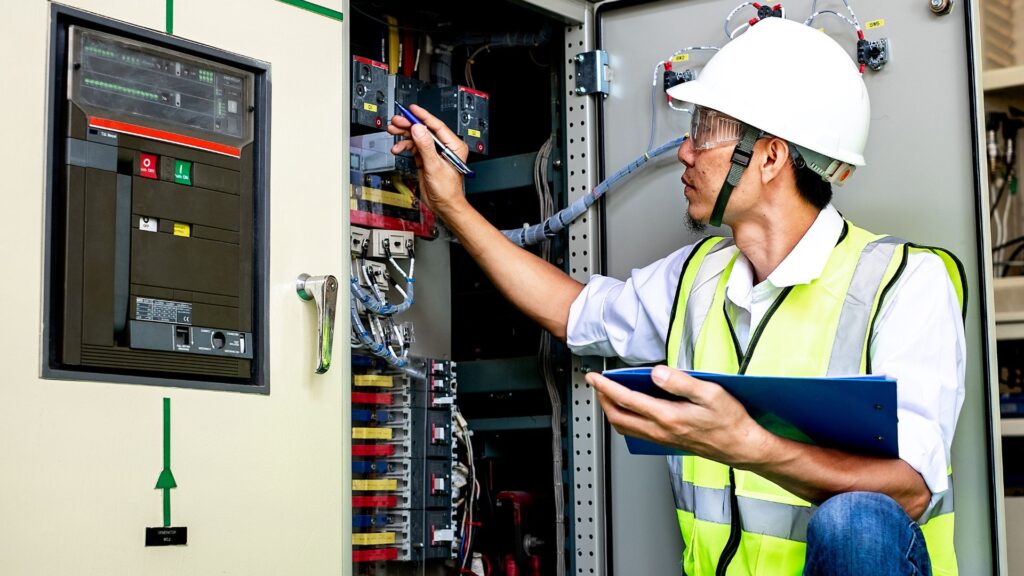
Benefits of Using Solar Panels with Traditional Electricity
Integrating solar panels with traditional electricity offers several compelling benefits, making it an attractive option for many homeowners and businesses. Here’s a closer look at these advantages:
1. Reduced Energy Bills
Solar energy can save you a ton of money on your electric bill. By generating electricity during the sunniest parts of the day, solar panels can offset the amount of electricity you need to buy from the grid. This is especially helpful when electricity rates are high. Plus, any extra electricity you produce can be sold back to the grid through net metering, which means even more savings on your monthly energy bill.
2. Increased Energy Security
Using solar panels in combination with the grid gives you a reliable source of electricity. Solar panels generate electricity during the day, and when the sun isn’t shining, you can use electricity from the grid as a backup. This hybrid system is especially useful during power outages because homes with battery storage can keep running even if the grid goes down.
3. Environmental Impact
Solar energy is a sustainable alternative to fossil fuels, reducing the household’s carbon footprint and contributing to global environmental goals. By decreasing reliance on non-renewable energy sources, solar panels help mitigate the effects of climate change and promote a cleaner environment.
4. Economic Incentives
Governments and local utilities often offer financial incentives, like tax credits, rebates, and grants, to encourage people to go solar. These incentives make the upfront cost of solar panels more affordable and help you get a better return on your investment. In some areas, you can even get extra incentives for adding battery storage to your solar system, which makes it even more cost-effective.
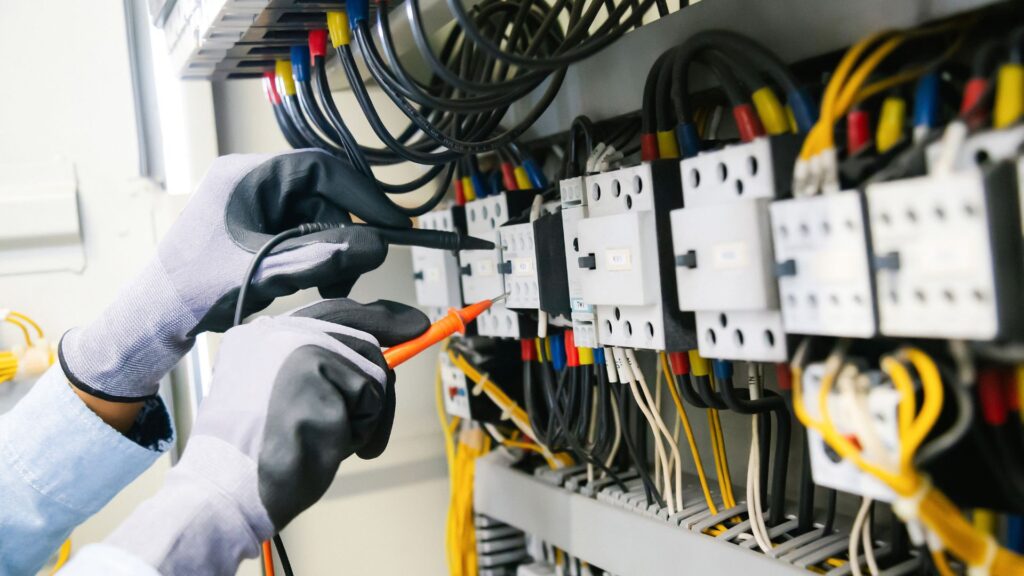
Considerations for Integration
When considering the integration of solar panels with traditional electricity sources, several key factors must be meticulously evaluated to ensure the success and sustainability of the solar energy system. Here is a detailed expansion on the considerations that need to be addressed:
1. Initial Investment
The price of solar technology has gone down a lot over the years, but the upfront cost of installing solar panels is still a lot of money. This includes the cost of the panels, the inverter, the mounting hardware, the wiring, and the professional installation.
It’s important to plan for these upfront costs, but it’s also important to think about the long-term financial benefits, like saving money on your electric bill and increasing the value of your property. Solar systems usually pay for themselves over time through lower utility bills and available incentives.
2. Site Evaluation
Proper site evaluation is critical to maximize the efficiency of a solar installation. Several geographic and architectural factors must be considered:
- Sunlight Exposure: The site needs to get a lot of sun all year long, without anything like trees, buildings, or other things that could block the sun.
- Roof Condition and Orientation: The condition and direction of the roof matter for how well the solar panels work. Roofs that face south in the Northern Hemisphere usually work the best. The roof also needs to be strong enough to hold the weight of the solar system.
- Space Availability: There needs to be enough space to put all the panels you need to make enough energy. If you don’t have enough space on your roof, you can think about putting the panels on the ground.
3. Maintenance
Solar panels are known for their durability and low maintenance requirements, yet regular upkeep is essential to maintain optimal performance. This includes:
- Cleaning: Panels should be cleaned periodically to remove dust, leaves, and other debris that can block sunlight and reduce efficiency.
- Inspection: Regular inspections can help identify and address potential issues such as loose connections, damage to panels, or inverter problems before they impact system performance.
- Monitoring: Many systems include monitoring software that allows homeowners and maintenance teams to track the system’s performance and troubleshoot issues remotely.
4. Regulatory Issues
Compliance with local codes and regulations is mandatory for the installation and operation of solar panel systems. This includes:
- Building Permits: Most local governments require permits for new solar installations. The permitting process ensures that the installation conforms to local building codes and safety standards.
- Utility Regulations: For systems intended to connect to the grid, utility companies may have specific requirements and interconnection agreements that dictate how solar systems integrate into the existing grid infrastructure.
- Incentive Eligibility: Understanding and complying with the criteria for government or utility incentives can impact the overall cost and return on investment for solar systems.
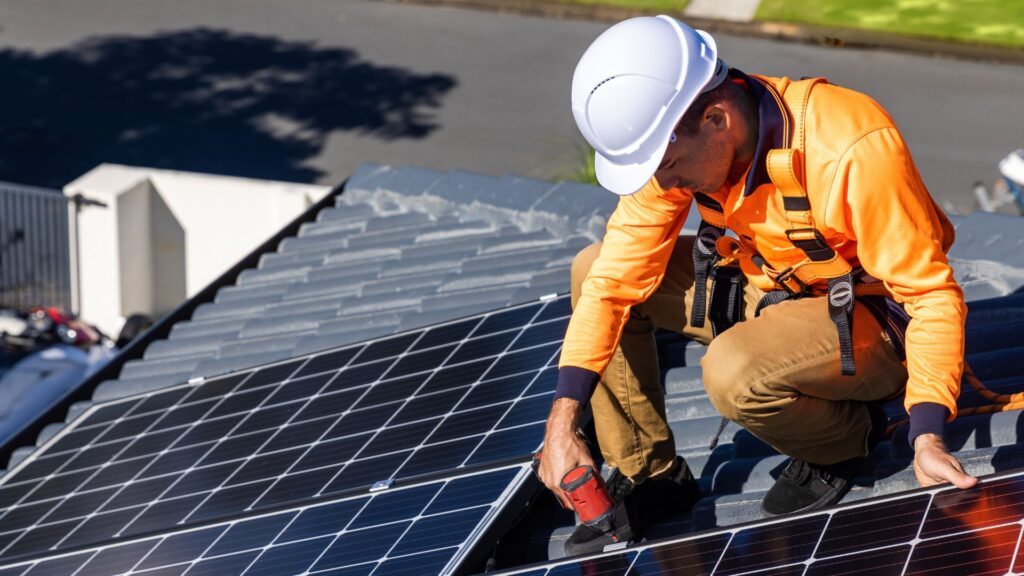
Conclusion
Integrating solar panels with traditional electricity provides a versatile and efficient energy solution that can cater to various needs and conditions. Whether looking to cut costs, increase energy reliability, or reduce environmental impact, solar panels offer a compelling addition to traditional electric systems. As technology advances and costs continue to decrease, the integration of solar energy into existing electrical grids is likely to become even more common, driving forward a sustainable energy future.
For anyone considering solar panels, it’s advisable to consult with local experts and service providers who can offer personalized advice and proposals based on your specific energy needs and circumstances. A reliable company such as SolarCtrl can provide comprehensive support and guidance, ensuring that your solar installation is optimized for maximum efficiency and sustainability. Don’t wait to make a change that benefits both your wallet and the planet; contact SolarCtrl today to explore your solar options and take the first step towards a greener future.
